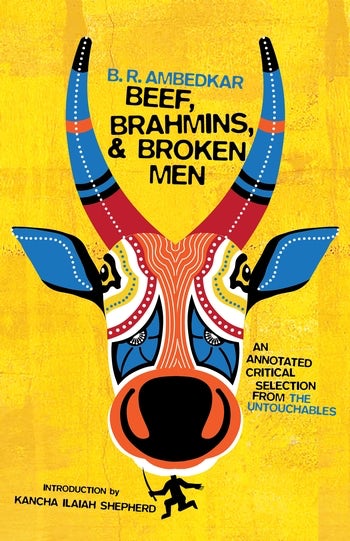Food, Unions, and Black-Latino Coalitions in New York City — Frederick Douglass Opie
One of the earliest coalitions among Blacks and Latinos in New York City was among hospital workers at Montefiore hospital in the Bronx. In the following excerpt from Upsetting the Apple Cart: Black-Latino Coalitions in New York City from Protest to Public Office, Fred Opie explores the importance of food in organizing workers and also includes a recipe for a dish that sustained union members:
Organizing Workers, 1957-1959
The first real break in the organizing drive came when the hospital administration decided to end a long-standing meal plan. Historically, Montefiore had allowed workers to eat in the cafeteria and then deducted the cost of these “free meals” from workers’ pay checks. When the hospital hired Jacques Bloch to lead its new food service department in 1954, he reorganized the department, opened a new cafeteria, and ended the free food policy within three years. Fink and Greenberg argue that the decision “increased the amount of take-home pay for workers but still triggered resentments.” That may be true, but the real issue seems to have been that the quality and quantity of food provided by the hospital was greater than what workers could procure independently with their slightly increased take-home pay. In addition, the hospital cafeteria served as a de facto restaurant for many workers who could not afford to eat out, giving it great cultural and social significance. Ken Downs, who worked on the lunch line, was the first to recognize that this change could be the thing to galvanize workers. He told Godoff to start an aggressive organizing movement.
Food played an important role in these first efforts to reach out to workers. “We had a party [at my apartment],” says Downs, “and I cooked chicken and rice and peas.” As mentioned, the migration of large numbers of blacks from the southern United States and the Caribbean during World War I and II contributed to the introduction of Caribbean and Southern foods and dishes in New York City. Over many years immigrants from these two regions have made an indelible mark on New York culture, particularly in Harlem, Brooklyn, and the Bronx where jazz, reggae, and later hip hop became popular forms of musical expression, and fried chicken and fried plantains, meat patties, jerked and curried meats and poultry, and rice and beans dishes became part of the local cuisine. Historically every region of the U. S. South and the Caribbean has had a different take on rice and bean dishes like Downs’s Barbadian rice and peas.
Barbadian Rice and Peas
Ingredients
8 oz. dried pigeon peas 1 cup rice
3-4 dried bay leaves
Water
¼ -½ lb. smoked turkey, salt beef, or salt pork
Or use 1 cup of vegetable broth for meatless rice
Small onion, peeled, and 3 whole cloves
2 celery stalks
Bajan spice mix: Bajan seasoning is a blend of fresh herbs such as thyme, marjoram, spring onions, onions, garlic, parsley, basil, and scotch bonnet pepper with spices such as clove, black pepper, paprika, and salt.
4-5 whole peppercorns
Directions
Cover peas with water, add seasoning, and bring to a boil. Reduce heat and simmer for approximately 45 minutes. Add rice, onion, and oil, stirring well. Cover and simmer until the water is absorbed or grains are soft and fluffy—approximately 20 minutes. Serve hot.


